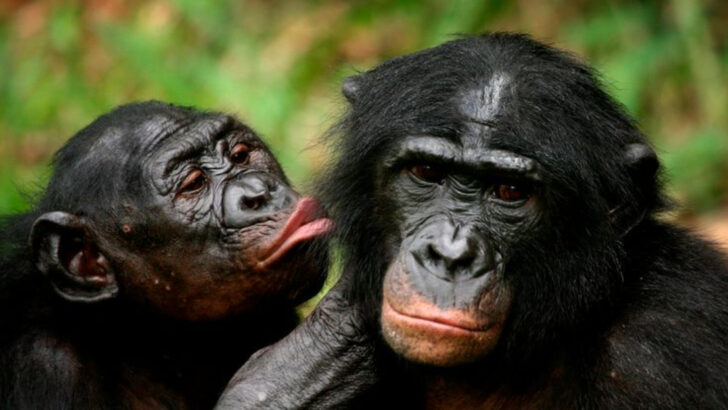Some animals don’t just feel emotions—they wear them. From elephants that mourn their dead to dogs that pout when ignored, emotion isn’t just a human thing. It lives in growls, glances, tail wags, and even a chimp’s side-eye. We’ve seen a gorilla cradle her stillborn baby with quiet sorrow. Watched dolphins bring gifts to grieving trainers. Caught parrots throwing tantrums when they’re left out of conversations. These aren’t just behaviors—they’re bold, unmistakable displays of feeling. And some of them will shake what you thought you knew about the animal kingdom. Let’s meet the creatures whose emotional lives are far richer—and more relatable—than anyone expected.
Elephants
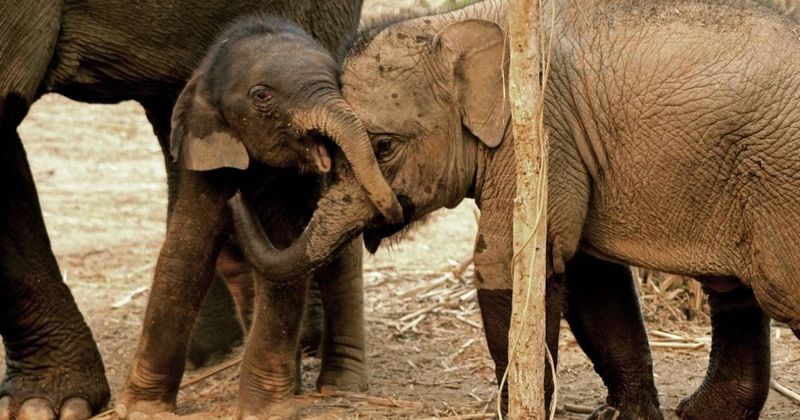
Elephants are renowned for their profound emotional depth. Often seen comforting one another, these gentle giants exhibit empathy and grief.
Their ability to communicate through deep rumbles and gentle touches highlights a complex emotional landscape. A touching sight is a herd surrounding a deceased member, mourning the loss with solemn quietness.
Such behavior speaks volumes of their strong social bonds and emotional intelligence. Did you know elephants also celebrate births with loud trumpeting? This joyous behavior contrasts their somber mourning, showcasing a spectrum of emotions.
Bonobos
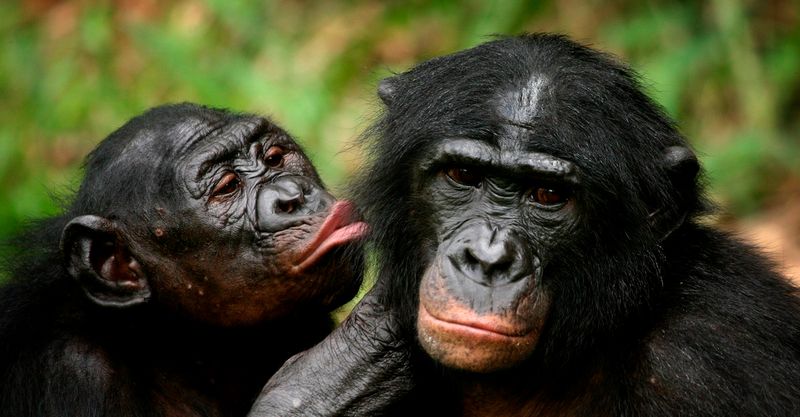
Known for their playful and affectionate nature, bonobos are often called the ‘hippies’ of the primate world.
Their emotional expressions are diverse, ranging from laughter to soulful gazes. These apes resolve conflicts with hugs and kisses, strengthening their social ties.
Bonobos’ laughter during play is particularly infectious, offering a glimpse into their joyful world. Did you know they share over 98% of their DNA with humans? This close genetic relationship perhaps explains their complex and relatable emotional expressions.
Dolphins
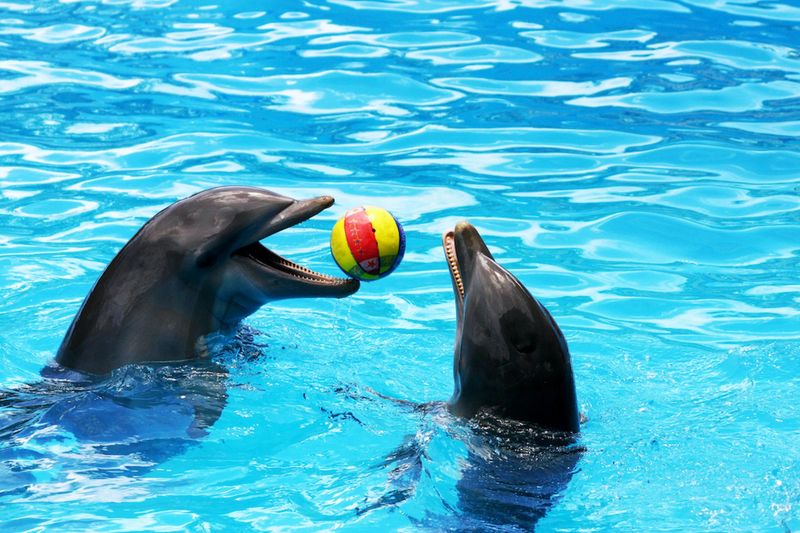
Dolphins, with their playful antics and sociable behavior, are the clowns of the sea. Their emotional expressions are vividly seen in their interactions.
They greet each other with clicks and whistles, forming strong bonds within their pods. When a dolphin is injured, others often stay close, displaying protective behavior.
Their emotional intelligence is further evidenced by their ability to recognize themselves in mirrors. Dolphins exuding joy while surfing waves is a heartwarming sight. Fun fact: Dolphins sleep with one eye open to stay alert!
Wolves
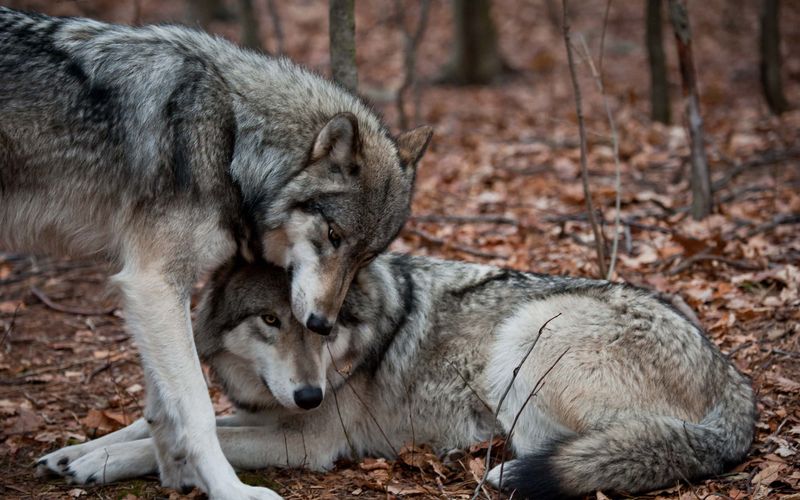
In the wild, wolves exhibit emotional depth through their intricate social structures. They communicate with each other using a range of vocalizations.
Howling together strengthens their unity and expresses feelings of joy and camaraderie. Did you know a wolf’s howl can be heard up to ten miles away?
Wolves also display affection by nuzzling and grooming each other. The pack’s protective nature is seen when they care for injured members, showing empathy and cooperation.
Crows
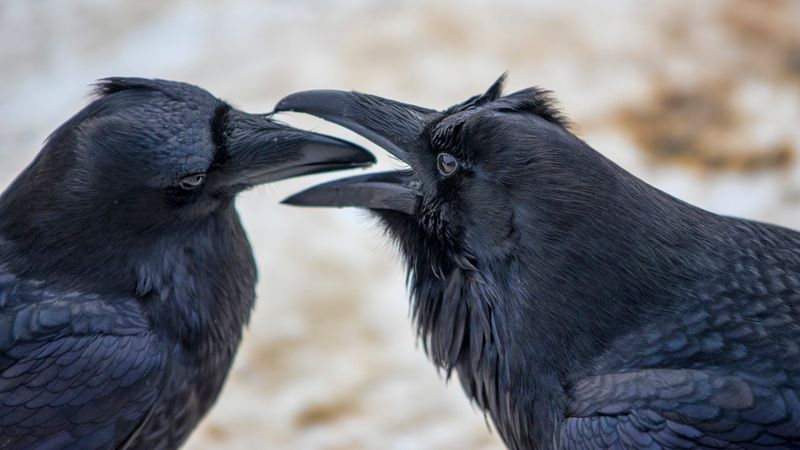
Crows, known for their intelligence, also demonstrate a surprising emotional depth. Observing crows consoling distressed peers reveals a touching side to these birds.
Their problem-solving skills and ability to use tools are well-documented, but their emotional displays are equally fascinating. Did you know crows hold ‘funerals’ for fallen comrades?
These gatherings, marked by loud cawing, show respect and perhaps a form of mourning. Such behaviors highlight the crow’s unique blend of intellect and emotion.
Octopuses
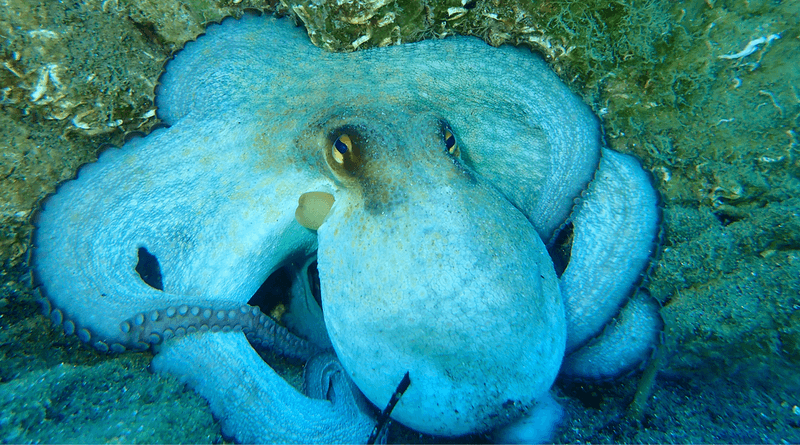
The octopus, with its incredible ability to change color, showcases emotions in a visually stunning manner.
These intelligent creatures express curiosity, fear, and even playfulness through their changing hues and textures. An octopus in a vibrant red might be angry or excited, while a camouflaged one is trying to hide.
Their problem-solving skills often leave observers in awe. Did you know octopuses have three hearts? This fascinating fact adds to their mysterious and captivating nature.
Parrots
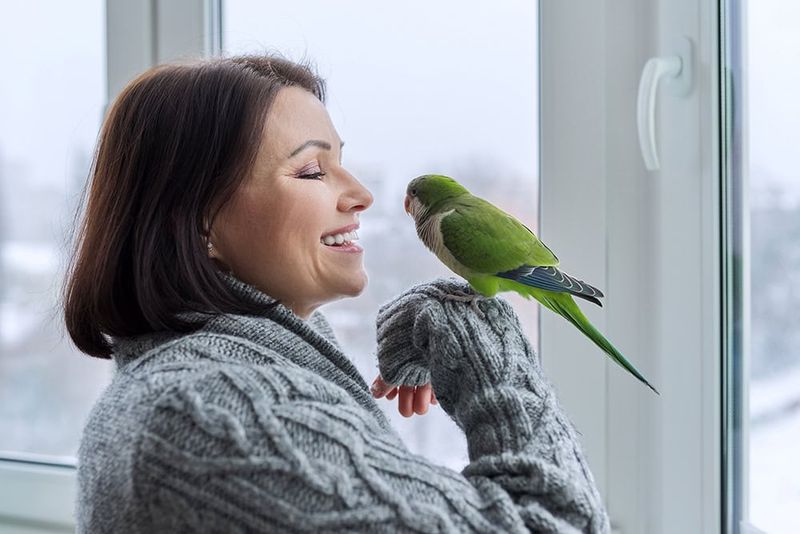
Parrots, the chatterboxes of the avian world, are known for their ability to mimic human speech. This skill is a testament to their intelligence and emotional depth.
They form strong bonds with humans and other animals, often displaying affection and loyalty. Parrots can express emotions like excitement and jealousy through their vocalizations and body language.
Did you know parrots can live up to 60 years? Their long lifespan allows them to build enduring relationships, showcasing their capacity for emotional connection.
Orangutans
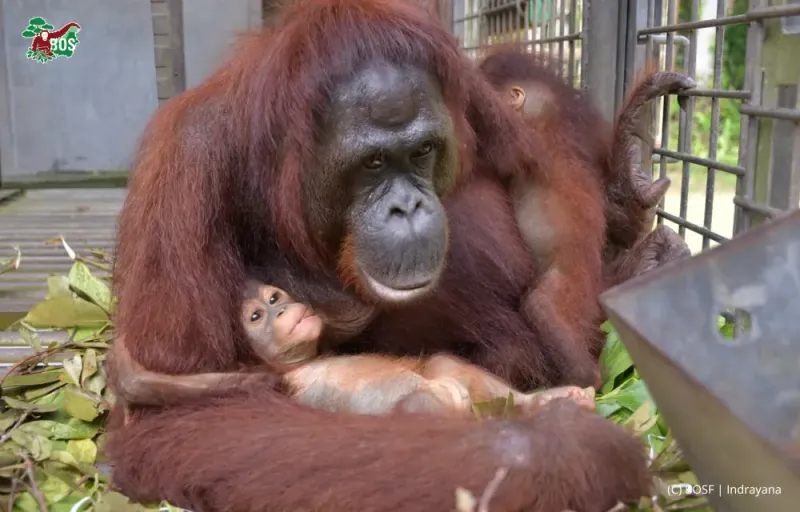
Orangutans, with expressive faces and soulful eyes, exhibit a rich emotional palette. These great apes form strong maternal bonds, evident in their gentle care.
Their gestures and expressions reveal emotions like happiness and sadness. Watching a mother orangutan cuddle her baby is a heartwarming sight.
Did you know orangutans use tools to gather food? This ingenuity is matched by their emotional intelligence, making them one of the most fascinating primates to observe.
Lions
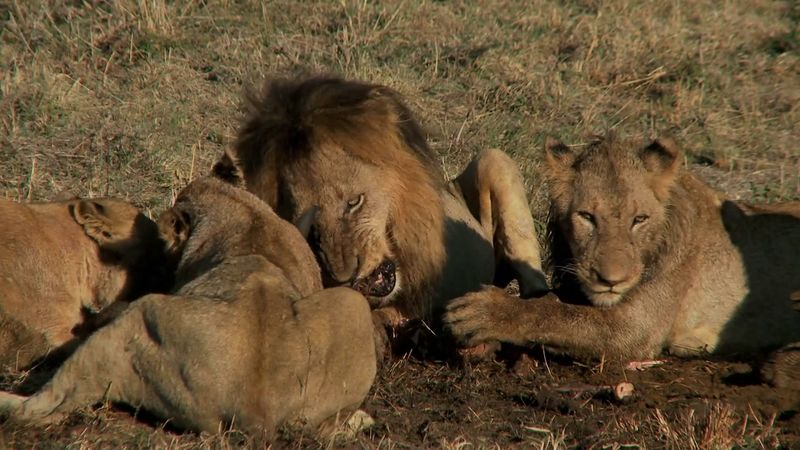
Lions, often called the kings of the jungle, are also the monarchs of emotional expression in the wild. Their social structure is deeply rooted in family bonds.
Lionesses collaborate in hunting and raising cubs, showcasing teamwork and nurturing. The pride’s affectionate grooming sessions reveal their strong connections and care for one another.
Did you know a lion’s roar can be heard up to five miles away? This powerful vocalization serves multiple purposes, including communicating with distant pride members.
Penguins
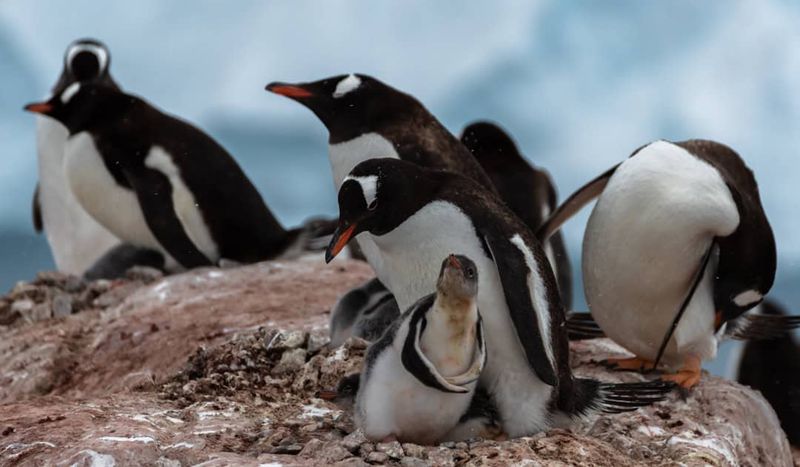
Penguins, particularly emperor penguins, display emotions in endearing ways. Their breeding rituals and monogamous nature show deep commitment.
During the harsh Antarctic winter, male penguins huddle together for warmth while incubating eggs, demonstrating teamwork and resilience. This unity ensures their survival and underscores their emotional bonds.
Did you know penguins recognize each other’s calls among thousands? This unique ability highlights their remarkable social cohesion.

